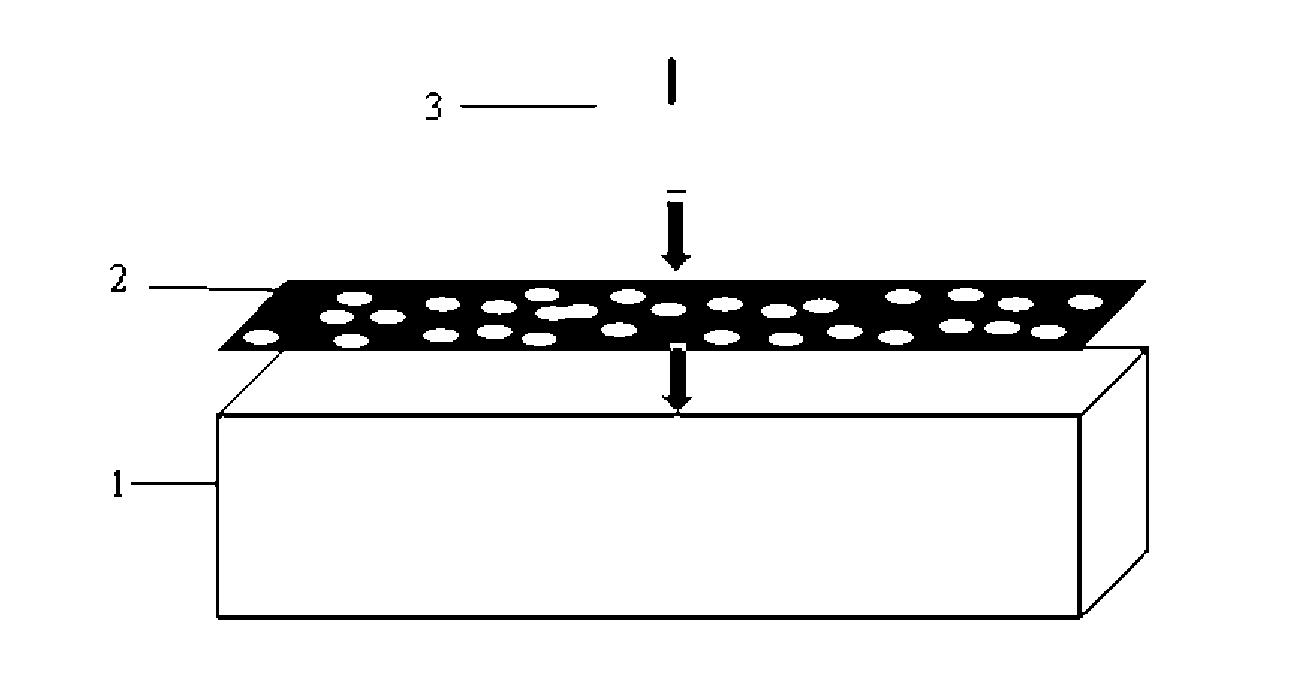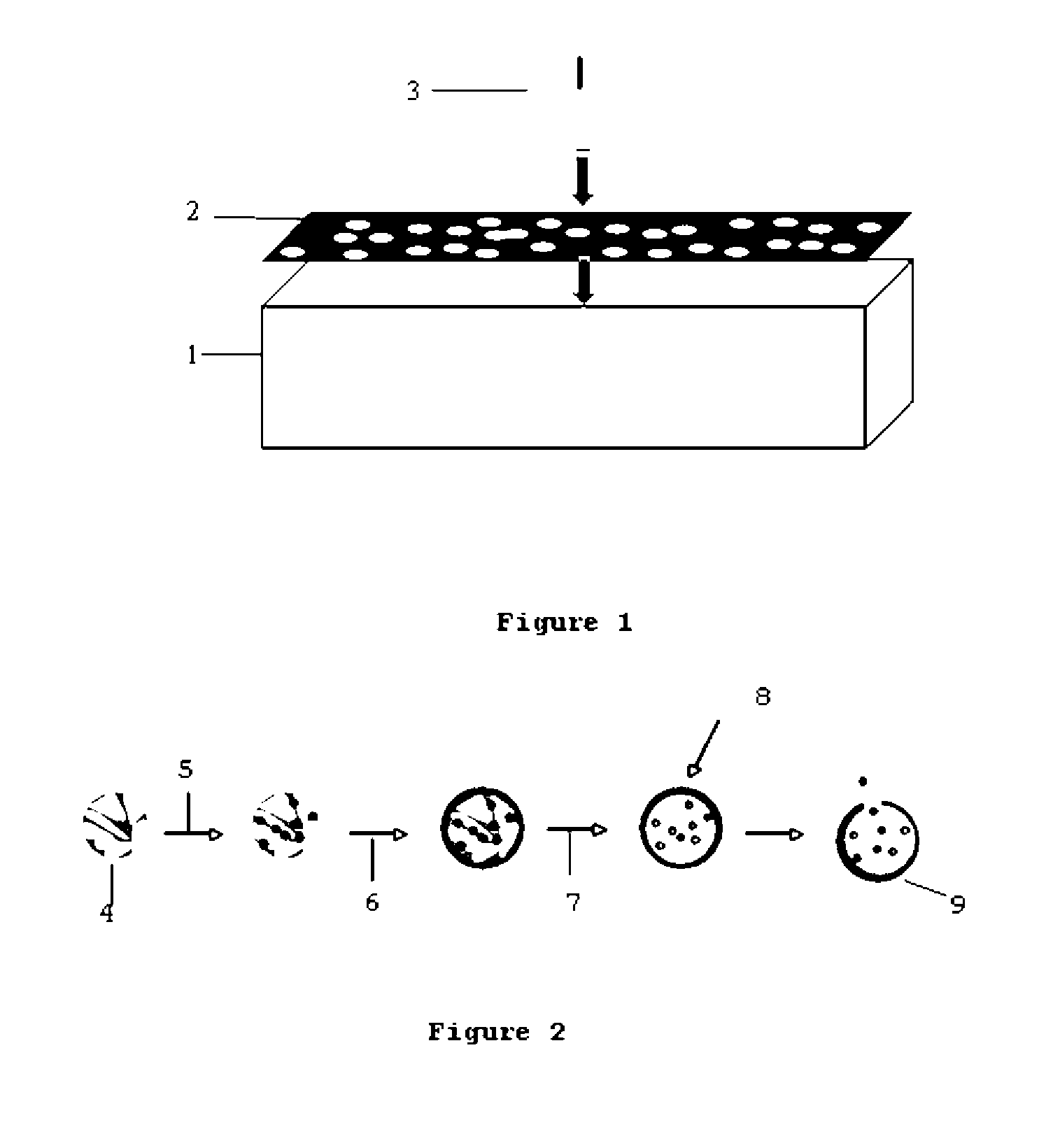Photocatalytic coating for the controlled release of volatile agents
a photocatalytic coating and volatile agent technology, applied in the direction of organic compound/hydride/coordination complex catalyst, physical/chemical process catalyst, metal/metal-oxide/metal-hydroxide catalyst, etc., can solve the problem of increasing the cost of maintenance, so as to reduce the cost of maintenance and the effect of simple procedur
- Summary
- Abstract
- Description
- Claims
- Application Information
AI Technical Summary
Benefits of technology
Problems solved by technology
Method used
Image
Examples
example
[0033]For an easier comprehension of the invention, the following example describes in detail the preferential realizations of the invention, which, however, does not imply to limit the objective of the present invention.
[0034]In this example, it is intended to deposit on a glass substrate a thin film of TiO2 doped in an anionic form with nitrogen, enabling the absorption of more visible light by the reduction of the semiconductor bang-gap. From a magnetron loaded with a pure titanium target, in an argon atmosphere (50-60 sccm inlet; sccm stands for standard cubic centimetre per minute) the deposition process is initiated by means of reactive magnetron sputtering of this material. For this particular case, a titanium target with 10 cm in diameter and a thickness of 6 mm is glued to the magnetron. An electrical current of 0.5 to 1.5 A is applied to this target (cathode), resulting in an electric field in the range of 4000-7000 V / m, which is sufficient to ionize the argon working gas ...
PUM
| Property | Measurement | Unit |
|---|---|---|
| Temperature | aaaaa | aaaaa |
| Fraction | aaaaa | aaaaa |
| Time | aaaaa | aaaaa |
Abstract
Description
Claims
Application Information
 Login to View More
Login to View More - R&D
- Intellectual Property
- Life Sciences
- Materials
- Tech Scout
- Unparalleled Data Quality
- Higher Quality Content
- 60% Fewer Hallucinations
Browse by: Latest US Patents, China's latest patents, Technical Efficacy Thesaurus, Application Domain, Technology Topic, Popular Technical Reports.
© 2025 PatSnap. All rights reserved.Legal|Privacy policy|Modern Slavery Act Transparency Statement|Sitemap|About US| Contact US: help@patsnap.com


